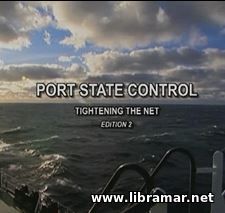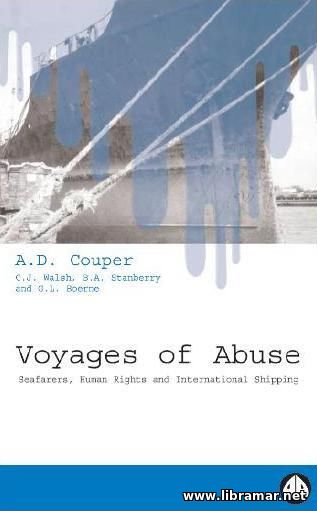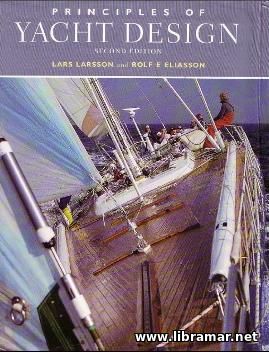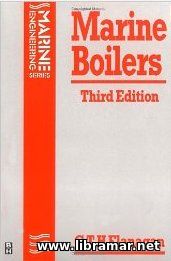PORT STATE CONTROL — TIGHTENING THE NET

| Format | avi |
| Duration | 30 min |
| Size | 234 Mb |
| D O W N L O A D | |
Shipping is vital to the world economy, but it must be of a good standard and properly operated, so it is not to danger the crew, risk the cargo and damage the environment. Towards the end of the last century, a series of shipping incidents led to suspicions in Europe that poorly operated ships were escaping the net of the established regulatory bodies. Discussion began on inspecting ships in port under the SOLAS Convention.
It was clear that, to be effective, countries had to act together. So, in 1982 in Paris fourteen European countries signed the Memorandum of Understanding, an MOU on Port State Control. The Paris MOU currently includes twenty-seven countries. Other MOUs were established in the Asia-Pacific region, South America, the Caribbean, the Mediterranean, the Indian Ocean, West Africa, the Black Sea and the Arabian Gulf.
Now, there are nine MOUs incorporating nearly 140 countries. The USCG also inspects ships under port state regulations. The objective of all these countries is to ensure that the ships entering their waters are properly maintained and properly run. Although port state control is intended to benefit the port states, it is benefit to both ships’ crews and ship operators. As soon as the ship is scheduled to arrive, the port state authority examines its records and recent MOU inspection history.
If the ship has had problems in the past or has not been inspected recently, it will go into selection list for inspection. Each MOU has its own method for selecting ships. Many look at the ship’s history and also its type. If it is of the type and age considered high risk, it will go on the selection list. If it is Flag State or Recognized Organization that has a poor record of detentions, the ship will go on the list.
If a complaint has been received, either from a previous port, a crew member or a pilot, that will also put the ship on the list. Once the ships have been selected, the port state control officers are assigned. The ship is not informed – they always arrive without warning. The objective of port state control is to ensure that all the ships passing through the port state waters, are operated according to international standards.
The "Read Later" function allows you to add material to this block with just one click. Just click on the icon and read the articles that interest you at any convenient time.


